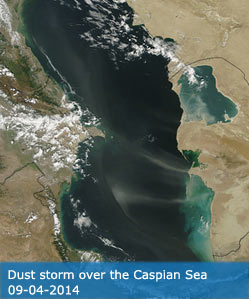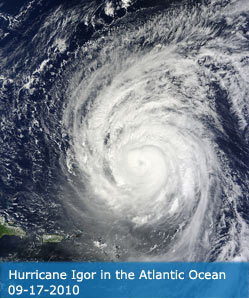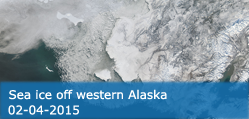Science Team
Publications
Lara, C, Miranda, M, Montecino, V, Iriarte, JL (2010). "Chlorophyll-a MODIS mesoscale variability in the Inner Sea of Chiloe, Patagonia, Chile (41-43 degrees S): Patches and Gradients?". REVISTA DE BIOLOGIA MARINA Y OCEANOGRAFIA, 45(2), 217-225.
Abstract
Satellite images are powerful tools to describe meso-and large-scale spatial structures, thus helping in the comprehension of the physical-biological processes taking place in the ocean. The objective of this study was to establish spatial (horizontal) and temporal (seasonal) variability of the autotrophic biomass measured as satellite chlorophyll concentrations (Chl-a) in the Inner Sea of Chiloe (41.0-43.5 degrees S). Remote sensing (MODIS) and geostatistics (Variograms) approaches were used to characterize Chl-a spatial-horizontal structure at the surface layer by anisotropic estimation of the Chl-a average values. A total of 27 selected images were analyzed and grouped into summer, spring, fall and winter seasons during the January 2003-December 2005 period. Image temporal analysis showed a classic pattern for the autotrophic biomass dynamics of cold temperate coastal areas, with highest Chl-a values occurring during the spring-summer period, and the lowest values during the fall-winter season. Image spatial analysis indicated that Chl-a is distributed into more homogeneous and larger than 50 km patches, during the fall-winter seasons, whereas during the spring-summer seasons more heterogeneous and smaller than 30 km patches were found. The anisotropy analysis showed a predominant angle in the East-West direction, suggesting the role of water column stratification as a modulating process of surface Chl-a spatial variability in the Inner Sea of Chiloe area.
DOI:
ISSN:
0717-3326




